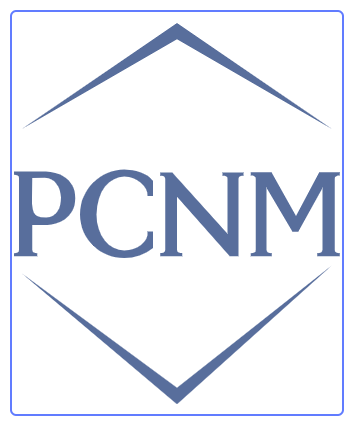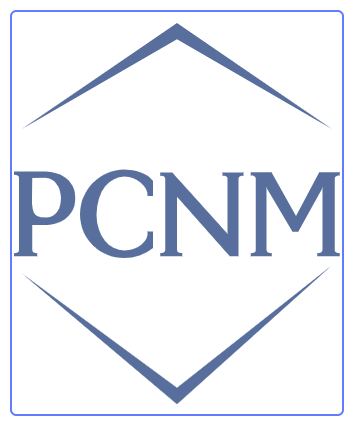
Preventive Care in Nursing and Midwifery Journal

Volume 15, Issue 2 (10-2025)
PCNM 2025, 15(2): 0-0 |
Back to browse issues page
Ethics code: IR.KAUMS.NUHEPM.REC.1398.037
Download citation:
BibTeX | RIS | EndNote | Medlars | ProCite | Reference Manager | RefWorks
Send citation to:



BibTeX | RIS | EndNote | Medlars | ProCite | Reference Manager | RefWorks
Send citation to:
Afshar M, Mazhariazad F, Taghadosi M. The Correlation Between Burnout and Quality of Caring Behavior Among Nurses: A Cross-Sectional Study. PCNM 2025; 15 (2)
URL: http://nmcjournal.zums.ac.ir/article-1-984-en.html
URL: http://nmcjournal.zums.ac.ir/article-1-984-en.html
The Correlation Between Burnout and Quality of Caring Behavior Among Nurses: A Cross-Sectional Study
Department of Nursing BA.C, Islamic Azad University, Bandar Abbas, Iran. , f.mazhariazad@iau.ac.ir
Abstract: (15 Views)
Background: Occupational stress and burnout are significant issues in healthcare professions that can impact caring behaviors.
Objectives: The study aimed to investigate the correlation between burnout and the quality of caring behaviors among nurses working in hospitals affiliated with Kashan University of Medical Sciences.
Methods: This cross-sectional analytical study included 212 nurses from hospitals affiliated with Kashan University of Medical Sciences. Data were collected using demographic questionnaires, the Caring Behaviors Inventory, and the Maslach Burnout Inventory, and analyzed with SPSS version 26 using descriptive statistics, linear regression, and Pearson correlation.
Results: This study of 212 nurses found a favorable care quality score (M=209.96, SD=27.13). Burnout levels were M=46.24 (SD=19.20) for frequency and M=53.58 (SD=21.19) for intensity. Significant negative correlations emerged between both burnout dimensions and care quality (frequency: r=-0.327; intensity: r=-0.296, both p<.001). While personal accomplishment and depersonalization correlated with all care components (p<.01), emotional exhaustion showed no significant correlations (p>.05).
Conclusion: The study emphasizes that burnout negatively affects nurses’ ability to provide empathetic, high-quality care. Organizational measures like workload management, resilience training, and team support can reduce burnout and enhance care quality in high-stress settings.
Objectives: The study aimed to investigate the correlation between burnout and the quality of caring behaviors among nurses working in hospitals affiliated with Kashan University of Medical Sciences.
Methods: This cross-sectional analytical study included 212 nurses from hospitals affiliated with Kashan University of Medical Sciences. Data were collected using demographic questionnaires, the Caring Behaviors Inventory, and the Maslach Burnout Inventory, and analyzed with SPSS version 26 using descriptive statistics, linear regression, and Pearson correlation.
Results: This study of 212 nurses found a favorable care quality score (M=209.96, SD=27.13). Burnout levels were M=46.24 (SD=19.20) for frequency and M=53.58 (SD=21.19) for intensity. Significant negative correlations emerged between both burnout dimensions and care quality (frequency: r=-0.327; intensity: r=-0.296, both p<.001). While personal accomplishment and depersonalization correlated with all care components (p<.01), emotional exhaustion showed no significant correlations (p>.05).
Conclusion: The study emphasizes that burnout negatively affects nurses’ ability to provide empathetic, high-quality care. Organizational measures like workload management, resilience training, and team support can reduce burnout and enhance care quality in high-stress settings.
Type of Study: Orginal research |
Subject:
Nursing
Received: 2025/09/10 | Accepted: 2025/10/2 | Published: 2025/10/2
Received: 2025/09/10 | Accepted: 2025/10/2 | Published: 2025/10/2
Send email to the article author
| Rights and permissions | |
 |
This work is licensed under a Creative Commons Attribution-NonCommercial 4.0 International License. |



